Native American cuisine is an incredible fusion of history, culture, and sustenance. Passed down through generations, these recipes tell a story of resilience, creativity, and harmony with nature. Each bite holds the wisdom and flavor of a heritage rooted in sustainable practices and respect for the Earth.
If you’ve been looking to explore unique dishes that are as nutritious as they are delicious, you’re in for a treat. This article introduces you to five super healthy Native American recipes that not only celebrate tradition but also offer a wealth of health benefits.
The Rich Heritage of Native American Cuisine
Native American cuisine is diverse and deeply influenced by the environment and the resources that were available to Indigenous peoples. From the forests of the Pacific Northwest to the deserts of the Southwest, Native American dishes are a reflection of their unique regional ecosystems.
At its core, this is a cuisine built on whole, natural ingredients like corn, beans, squash, fish, game meats, berries, and nuts. These foods nourished indigenous communities for centuries and are still celebrated today as symbols of sustainability and healthful eating.
By revisiting these recipes, we honor their cultural significance and get a glimpse into a lifestyle that was far ahead of its time in terms of sustainability and nutrition.
Importance of Native Ingredients
Before we jump into the recipes, it’s important to understand the value of the ingredients used. Many Native American staples, like corn, beans, squash, and wild salmon, are nutrient powerhouses. They’re rich in vitamins, minerals, fiber, and antioxidants—all key to a balanced diet.
Unlike highly processed modern foods, the ingredients found in traditional Native American recipes are as close to their natural state as possible. This not only makes them healthier but also kinder to the planet.
Now, onto the deliciousness!
Recipe 1: Three Sisters Stew
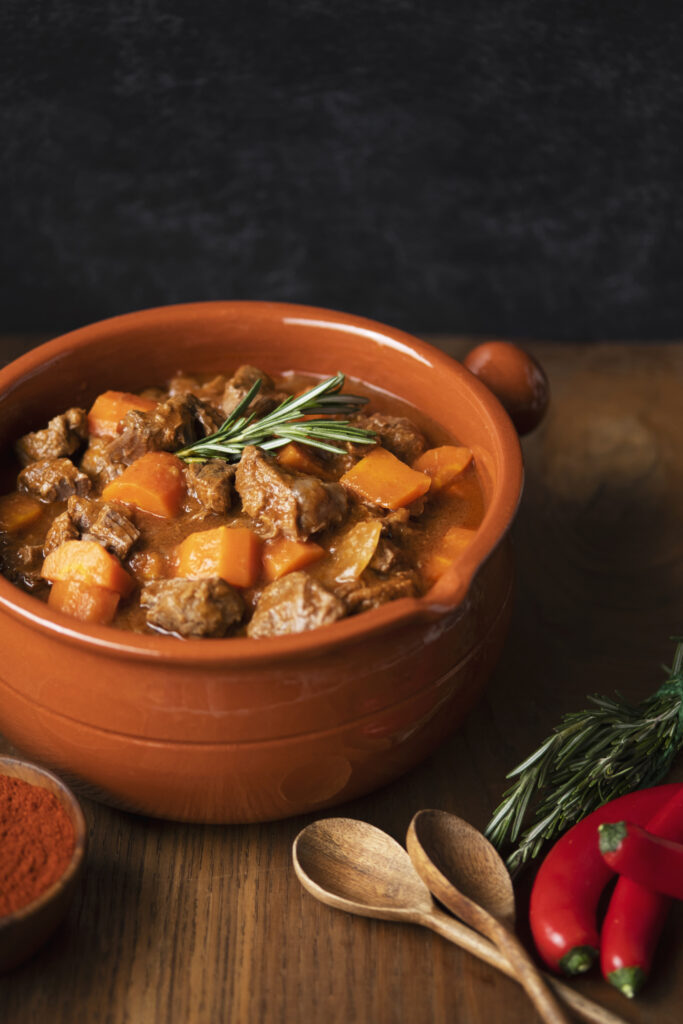
History and Significance
The “Three Sisters”—corn, beans, and squash—hold a special place in Native American agriculture and cuisine. This trio of crops is the foundation of many Indigenous diets, with each plant supporting the others as they grow. Nutritionally, they’re a triple threat, offering protein, carbohydrates, vitamins, and minerals in every bite.
Ingredients
- 1 cup corn kernels (fresh or frozen)
- 1 cup cooked kidney or pinto beans
- 1 cup diced butternut squash
- 1 medium onion, diced
- 2 cloves garlic, minced
- 3 cups vegetable broth
- 1 tsp cumin
- 1 tsp chili powder
- Salt and pepper, to taste
Preparation
- Heat a large pot over medium heat and sauté the onion and garlic until fragrant.
- Add the diced squash and cook for 5-7 minutes.
- Stir in the beans, corn, vegetable broth, and spices.
- Simmer for 20 minutes or until the squash is tender.
- Serve warm, garnished with fresh cilantro or green onions.
Recipe 2: Fry Bread
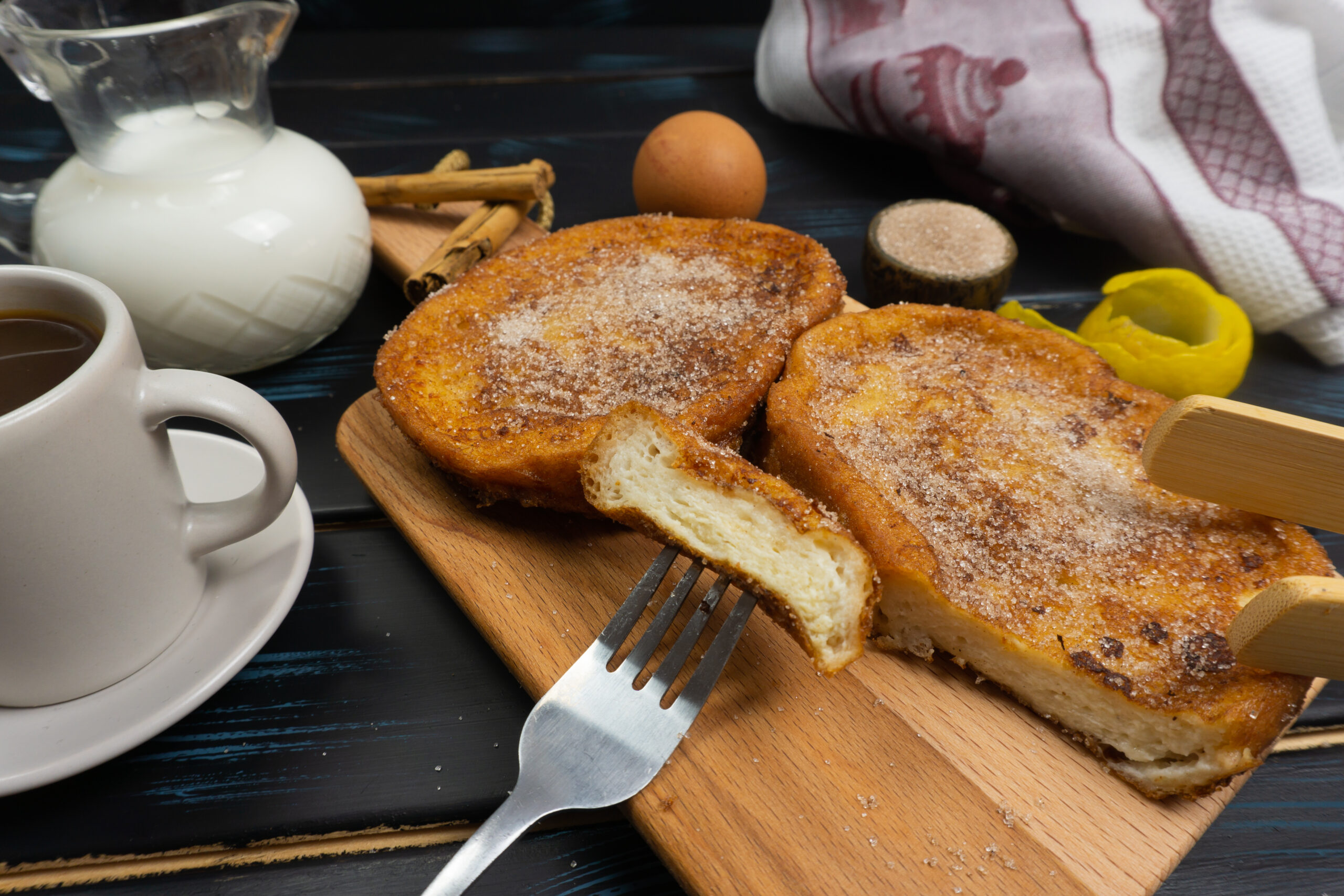
Cultural Context
Fry bread is a dish that carries both joy and pain in its history. Though incredibly versatile and tasty, it emerged from hardship during the forced relocation of Native Americans in the 19th century. Despite its origins, fry bread has become a symbol of resilience and a much-loved comfort food.
Ingredients
- 2 cups all-purpose flour
- 1 tbsp baking powder
- 1 tsp salt
- 1 cup warm water
- Vegetable oil for frying
Cooking Instructions
- Mix the flour, baking powder, and salt in a large bowl. Gradually add warm water to form a soft dough.
- Knead the dough lightly, then cover and let it rest for 30 minutes.
- Divide the dough into small balls and flatten into discs.
- Heat oil in a deep skillet and fry each disc until golden brown on both sides.
- Serve with honey, jam, or savory toppings like beans and salsa.
Recipe 3: Succotash
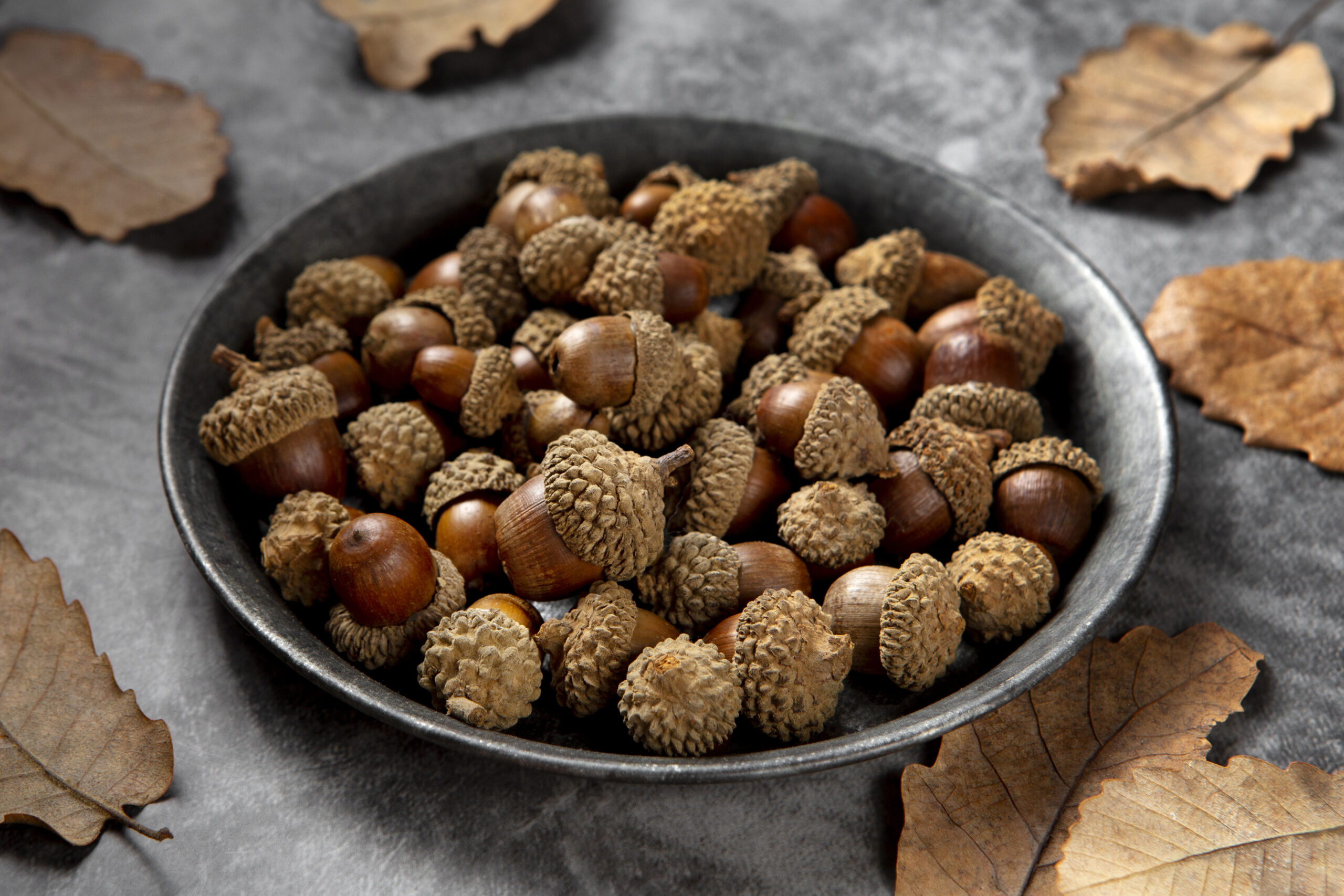
Origins
Succotash is a staple dish that highlights the harmonious pairing of corn and beans, often with the addition of seasonal vegetables. Its name is derived from the Narragansett word msíckquatash, meaning “boiled corn kernels.”
Ingredients
- 2 cups corn kernels
- 1 ½ cups cooked lima beans
- 1 medium bell pepper, diced
- 1 medium zucchini, chopped
- 2 tbsp olive oil
- Salt and pepper, to taste
Method
- Heat olive oil in a large skillet over medium heat.
- Add the corn, lima beans, bell pepper, and zucchini.
- Sauté for 5-7 minutes until the vegetables are tender.
- Season with salt and pepper.
- Serve as a side dish or light main course.
Recipe 4: Cedar Plank Salmon
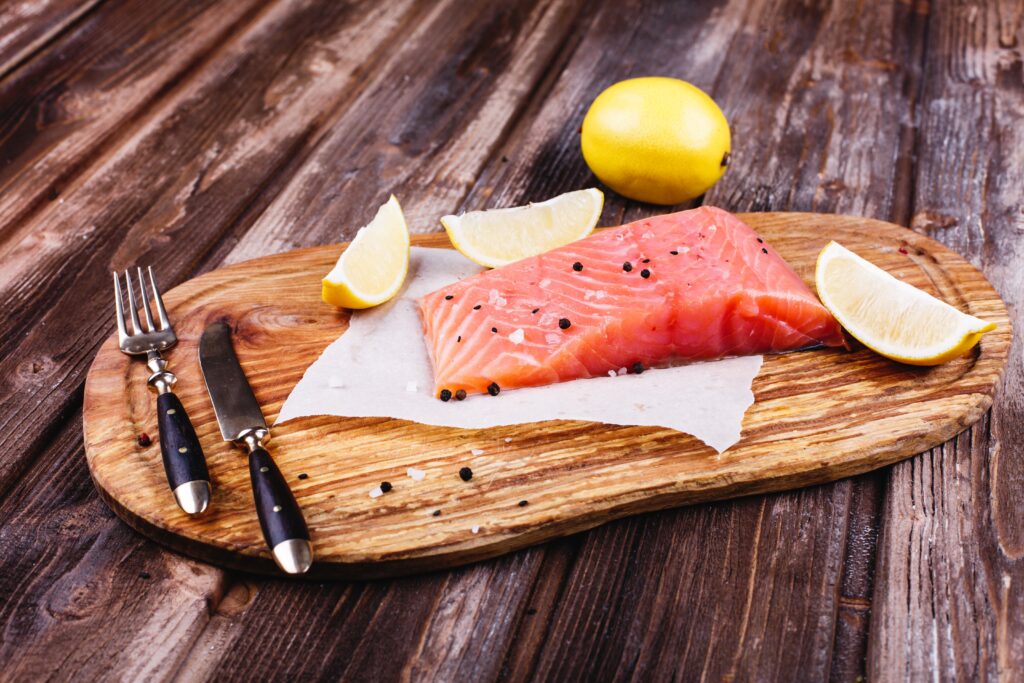
Traditional Methods
Indigenous peoples of the Pacific Northwest perfected the art of cooking salmon on cedar planks, imparting a rich, smoky flavor. This method not only preserves the fish’s succulence but also celebrates the natural bounty of the region.
Ingredients
- 1 cedar plank (soaked in water for 2 hours)
- 2 salmon fillets
- 1 tbsp olive oil
- 1 tsp smoked paprika
- 1 tsp garlic powder
- Lemon slices for garnish
Cooking Process
- Preheat your grill to medium-high.
- Rub the salmon fillets with olive oil and season with smoked paprika, garlic powder, salt, and pepper.
- Place the salmon skin-side down on the soaked cedar plank.
- Grill for 12-15 minutes or until the salmon flakes easily with a fork.
- Garnish with lemon slices and serve with a side of wild greens or roasted vegetables.
Recipe 5: Acorn Bread
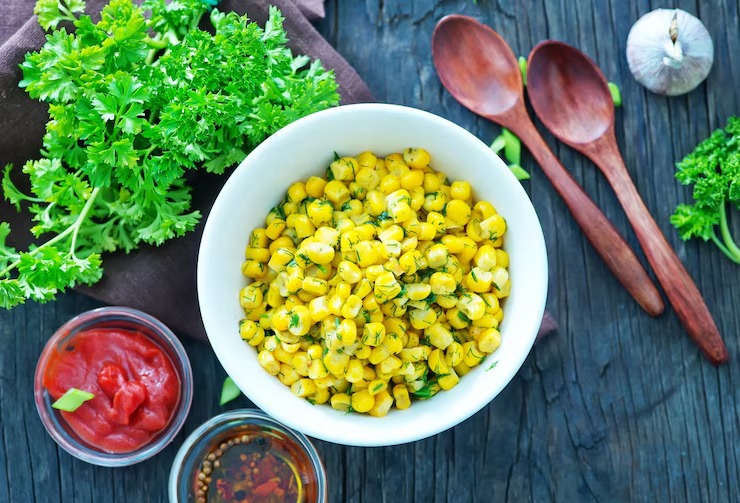
Historical Significance
Acorns were a critical food source for many Native American tribes. Using traditional methods, they leached the tannins out of acorns to make them edible, resulting in nutrient-rich flour.
Ingredients
- 1 cup acorn flour (available in health stores or online)
- 1 cup all-purpose flour
- 2 tsp baking powder
- ½ tsp salt
- 1 cup milk or plant-based alternative
- 2 tbsp honey
Instructions
- Preheat oven to 375°F and grease a loaf pan.
- Combine the acorn flour, all-purpose flour, baking powder, and salt in a bowl.
- Stir in the milk and honey until well mixed.
- Pour the batter into the loaf pan and bake for 25-30 minutes.
- Cool before slicing, and enjoy with butter or jam.
Health Benefits of These Recipes
These recipes are packed with nutrients like fiber, protein, vitamins, and healthy fats. They’re also low in processed ingredients, making them excellent choices for heart health, digestion, and overall wellness.
Modern Adaptations and Twists
Modern chefs are reinventing Native American recipes by incorporating global flavors. For example, Three Sisters Stew can be spiced up with curry powder, and acorn bread pairs beautifully with a drizzle of maple syrup.
People Also Ask
1. What is the significance of the Three Sisters in Native American culture?
The Three Sisters represent a sustainable agricultural approach where corn, beans, and squash grow together in harmony, supporting and nourishing one another.
2. Is fry bread healthy?
Fry bread is calorie-dense and best enjoyed in moderation. For a lighter option, it can be baked instead of fried.
3. Where can I find acorn flour?
Acorn flour is available online and in specialty health food stores.
Honoring Native American Culinary Traditions
Exploring Native American recipes is more than just an exercise in cooking; it’s a way of honoring the resilience, creativity, and sustainability that define this cuisine.
Try these recipes, and experience the profound connection between food and culture firsthand. For more recipes and culinary inspiration, subscribe to our newsletter today!
